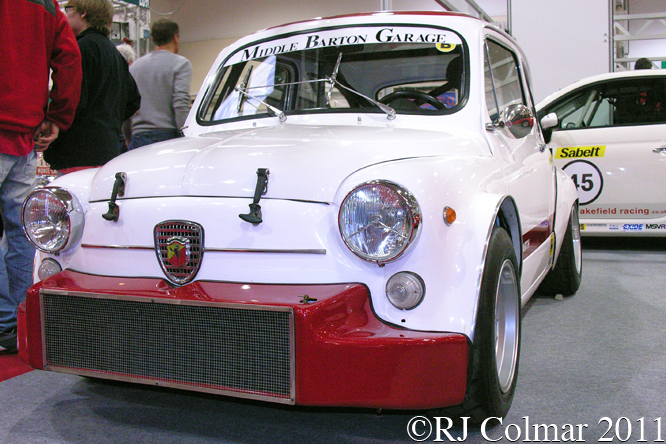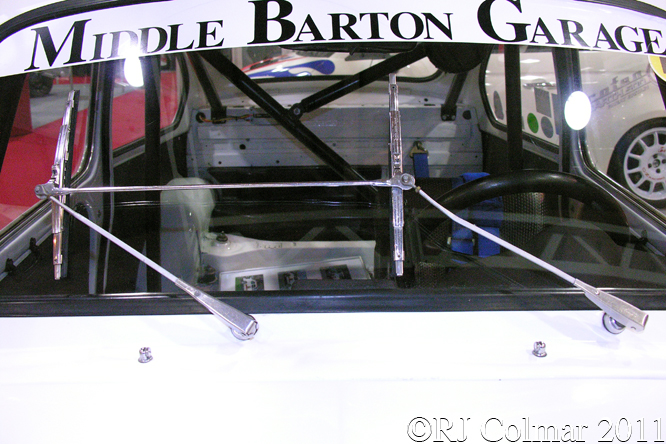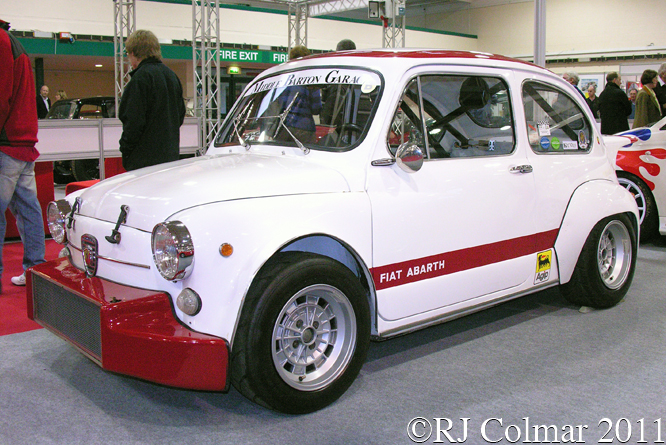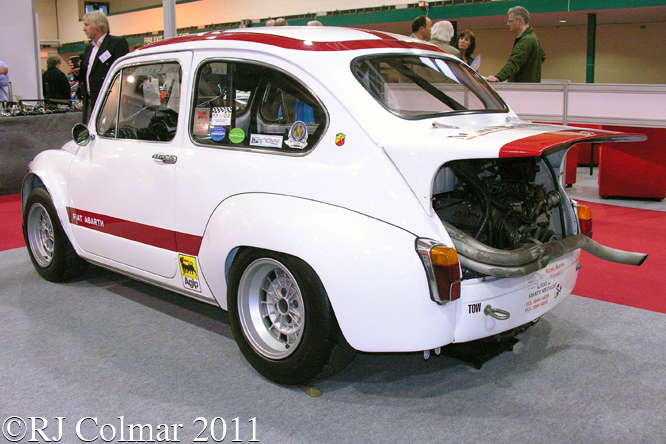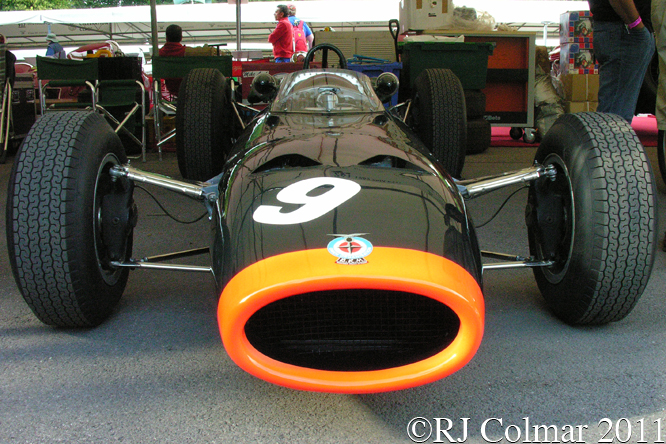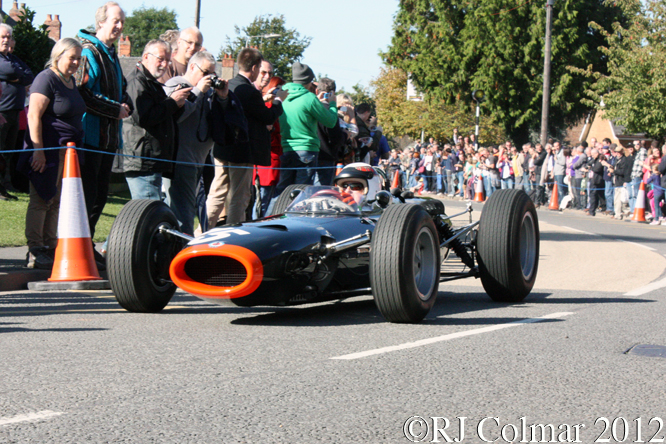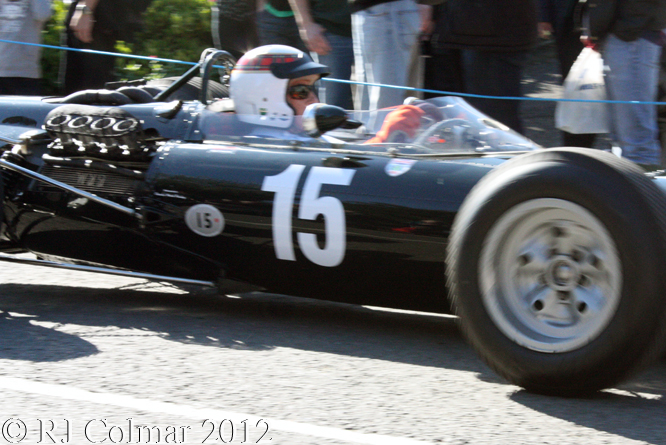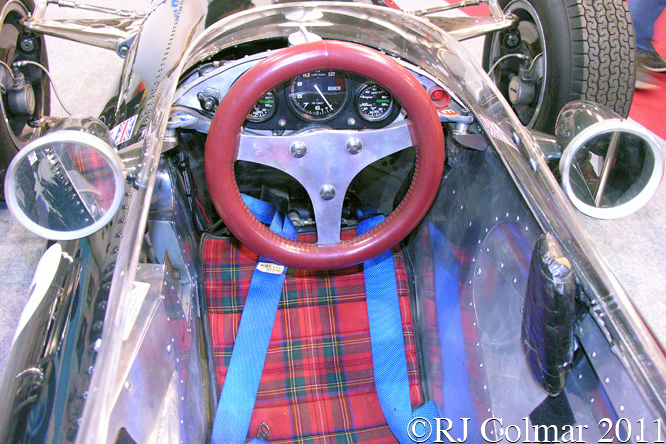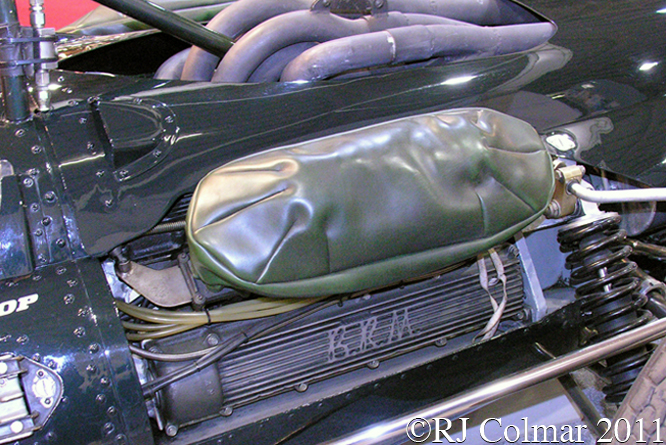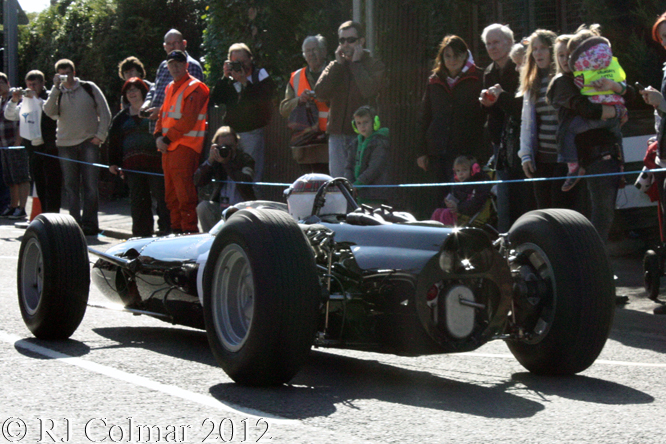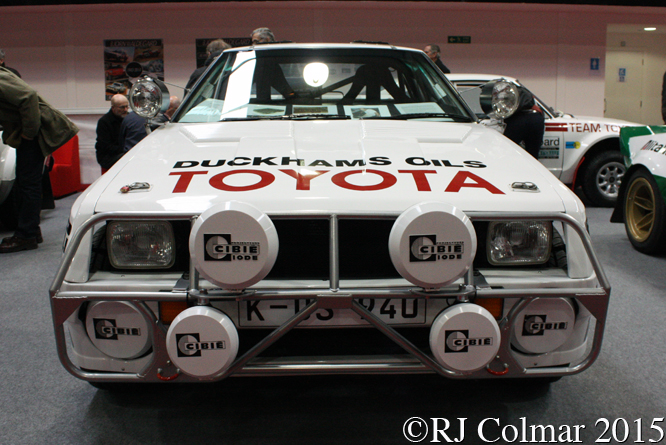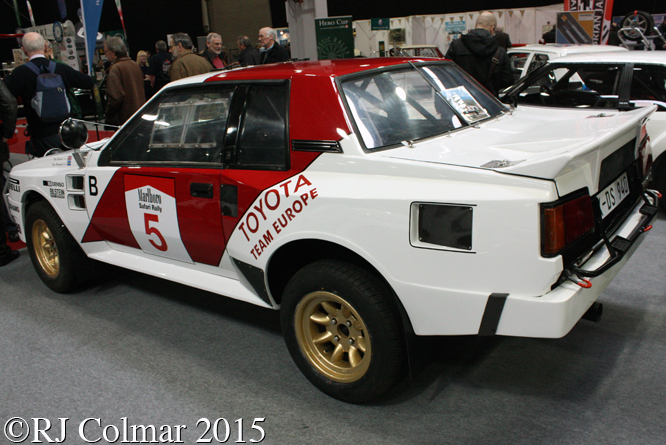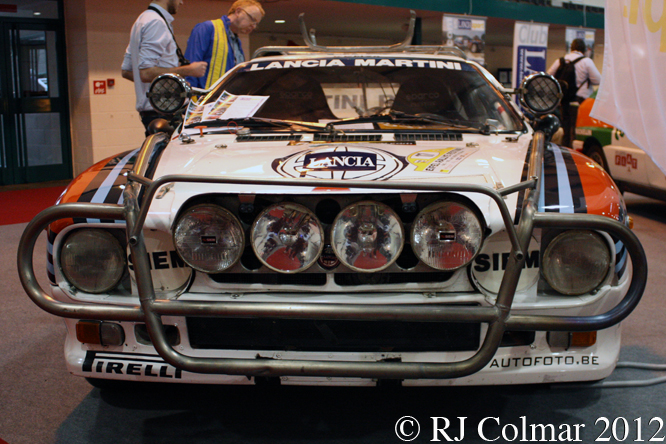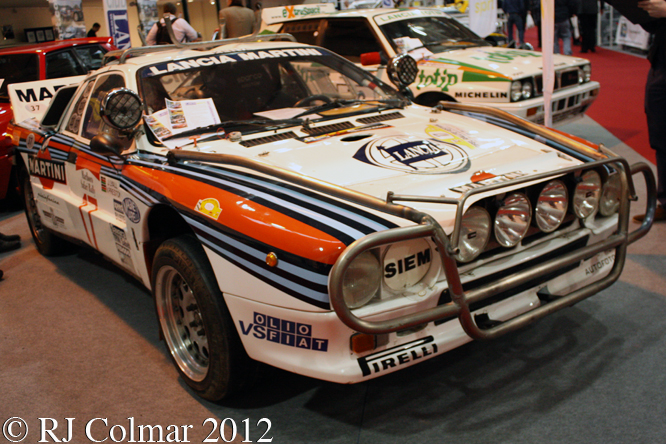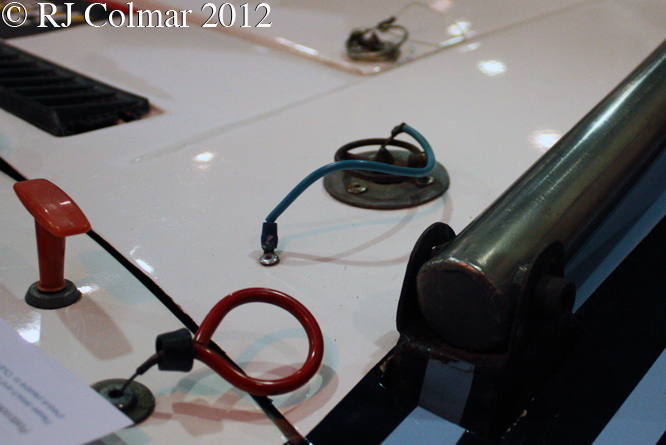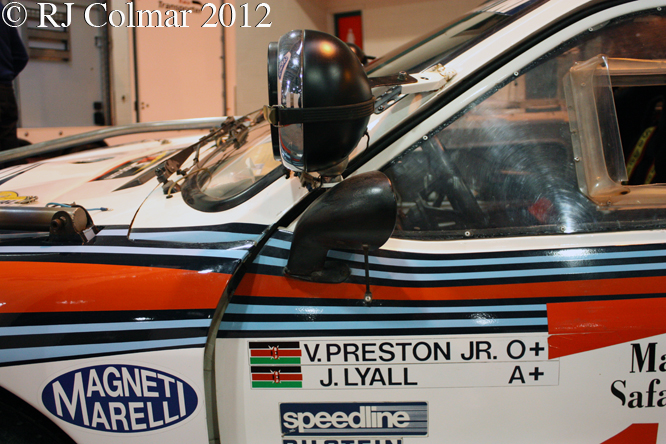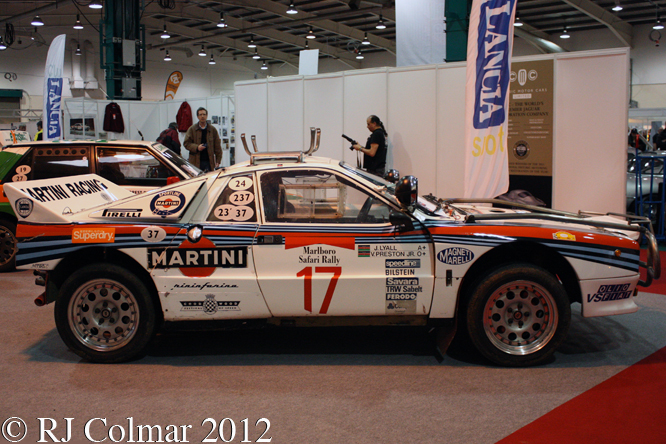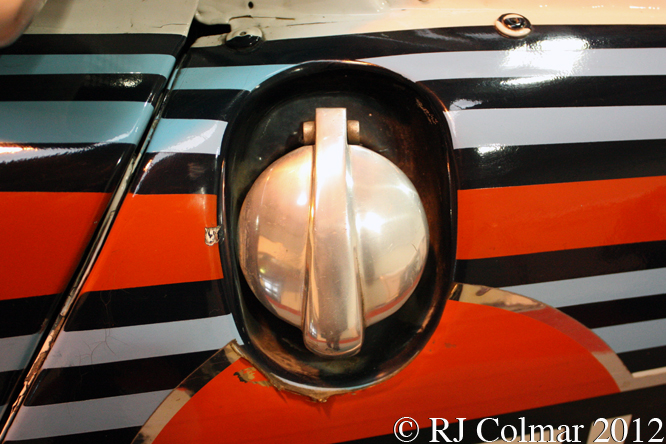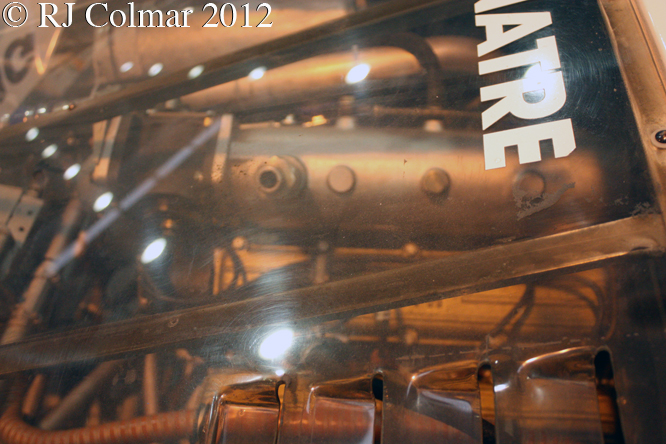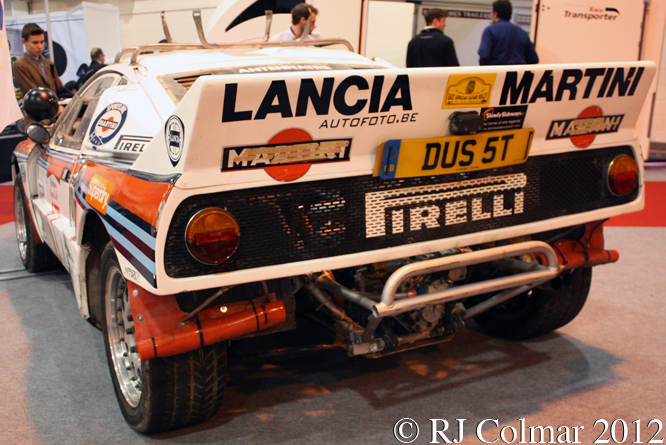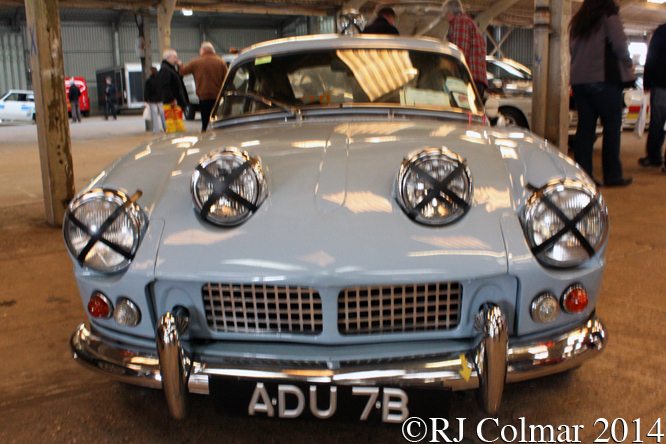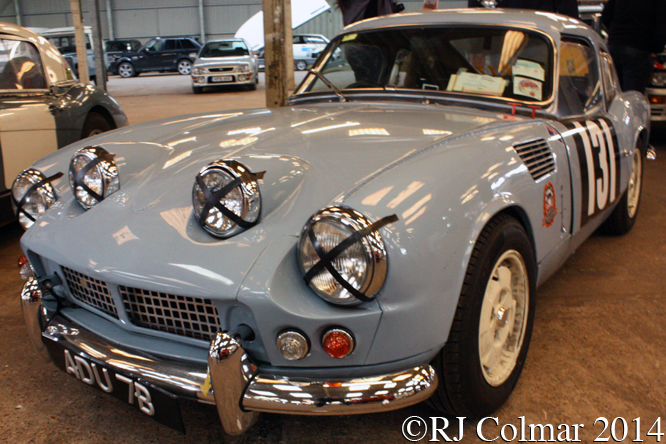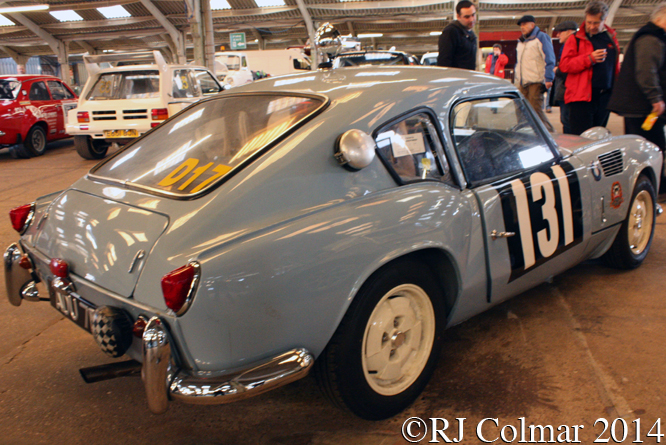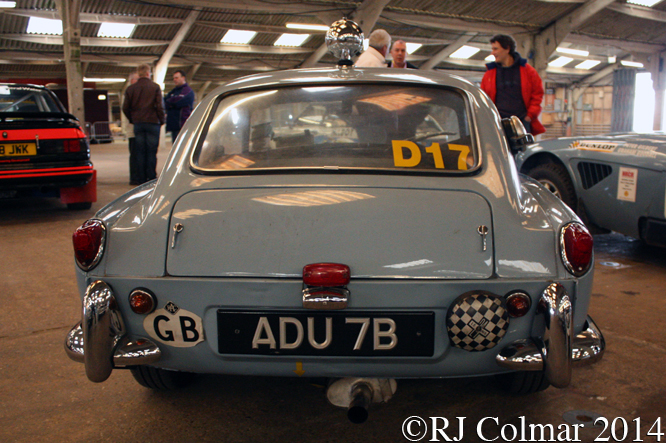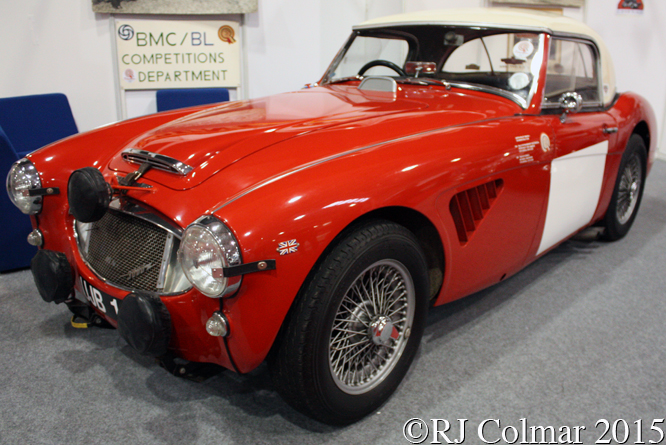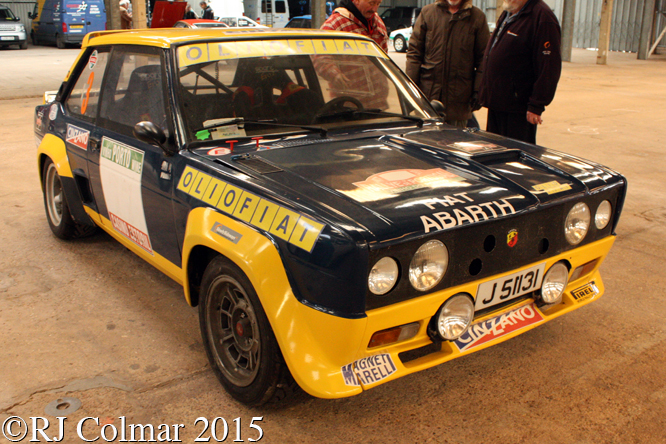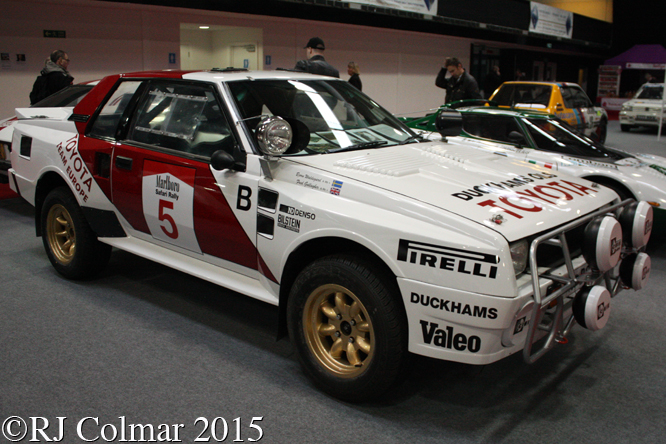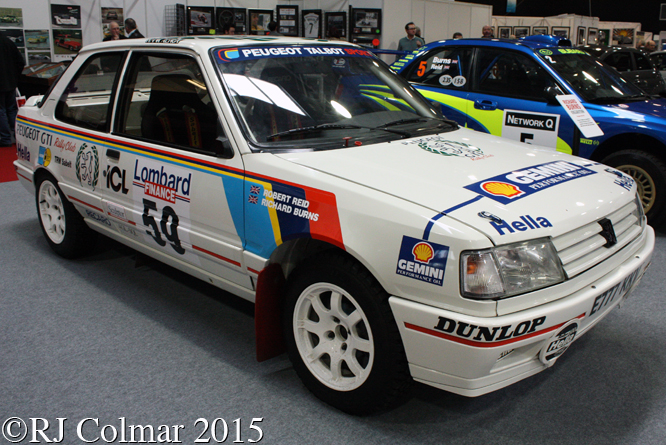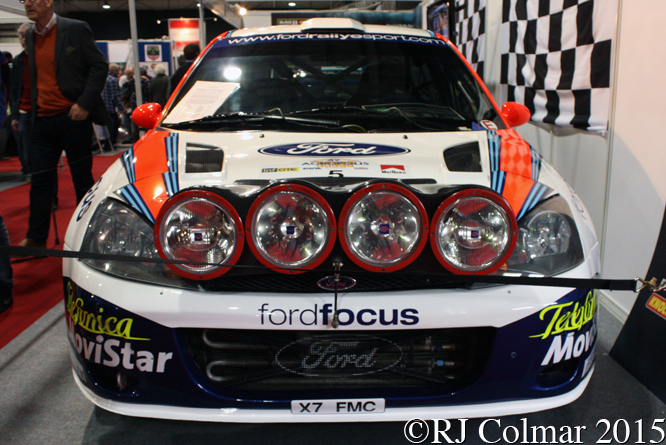In 1950 Brian Heyward bought the Rudge powered Aikens 500 Formula 3 car from Wing Commander Frank Aikens, Brian only had the opportunity to drive it twice before he was called up to serve His Majesty King George V in the Royal Air Force for two years in Germany.
During his national service Brian’s father Charles bought a Cooper Mark IV which he already found was far too overweight to be competitive.
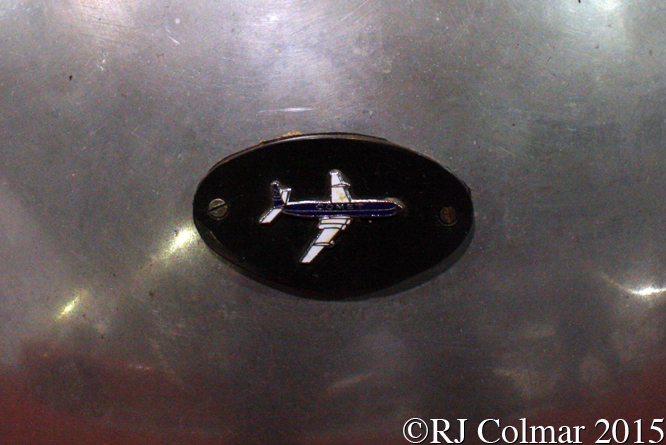
Upon completion of his National Service Brian and Charles used parts of the Cooper Mk 4 and some, lighter, cast magnesium components off a Cooper Mk VI to build the Cooper Heyward Special more commonly known as the C.H.S..
Brian raced the C.H.S. from 1953 to 1957 and is known to have finished 5th at the wheel of the car in a final at Brands Hatch in December 1954.
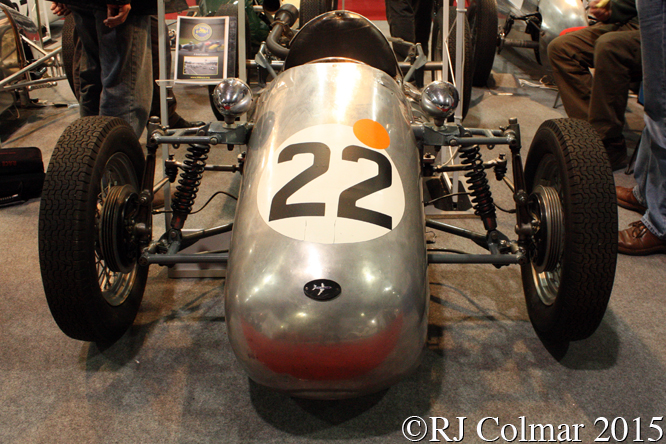
Brian found employment at de Havilland alongside future Lotus designer Maurice Philipe, future Lotus driver Alan Stacey, the Costin brothers Frank and future Cosworth partner Mike, and Brian Hart who would also make an enviable name for himself in the field of race engine production.
Soon after in 1953 Brian and Charles began construction of their second car, today’s featured Comet, named after the the jet powered de Havilland airliner.
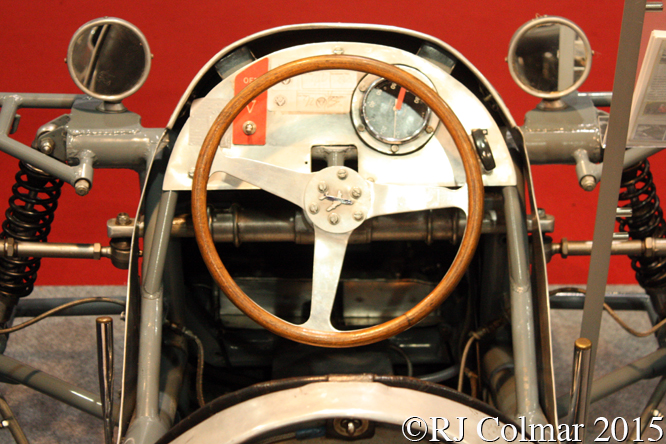
With machining help from fellow 500 F3 racer Don Parker in it’s original form the Comet featured Kieft castings and wishbone suspension at the front, with swing axles and bungee cord springs on the rear.
The Comet was developed up until 1958; receiving a Norton engine in 1955, glass fiber body in 1956 and at some point a rear transverse spring, as had been employed by Cooper since 1946, replaced the bungee cords at the back.
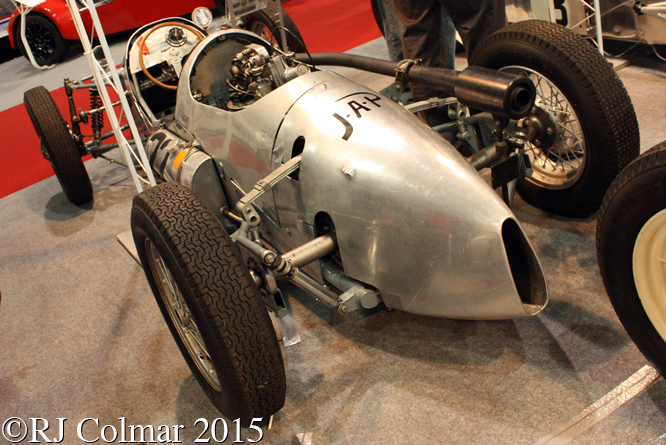
Construction of a Comet II was started, but never completed, both Comet’s were sold on in 1964 to Brixham Lifeboat Coxwain Arthur Curnow who entered the Comet for Ivor Churchill to race.
Since then the Comet, seen in these photographs at Race Retro, has been restored twice; by Sandy Skinner who fitted the JAP engine along with a new aluminium body in the early 1980’s and by Neil Hodges for Peter Becker in 2003, today the Comet belongs to and is run by James Gray.
Thanks for joining me on this “Not A de Havilland” edition of “Gettin’ a li’l psycho on tyres” I hope you will join me again tomorrow when I’ll be looking at the first of this month’s series of cars that ran in the Indianapolis 500. Don’t forget to come back now !


